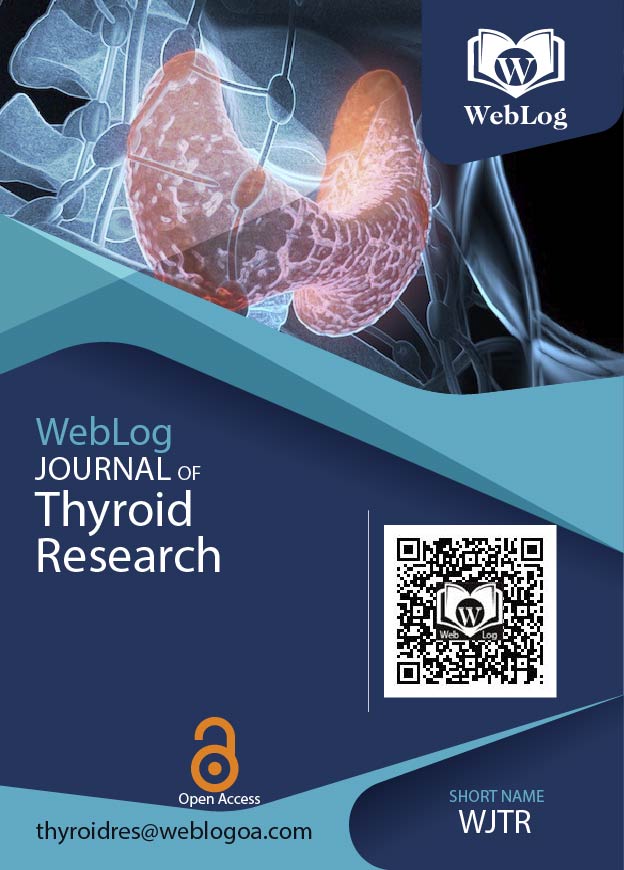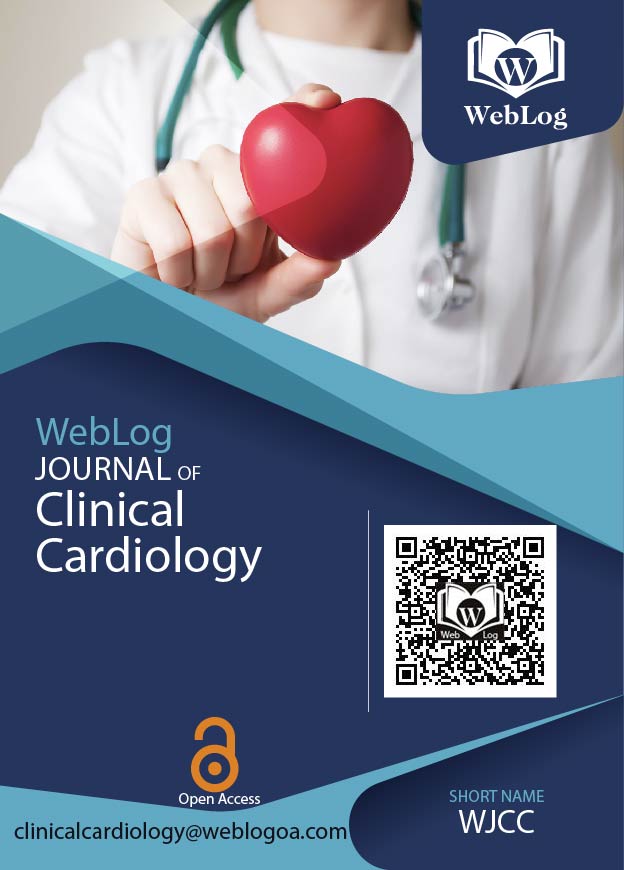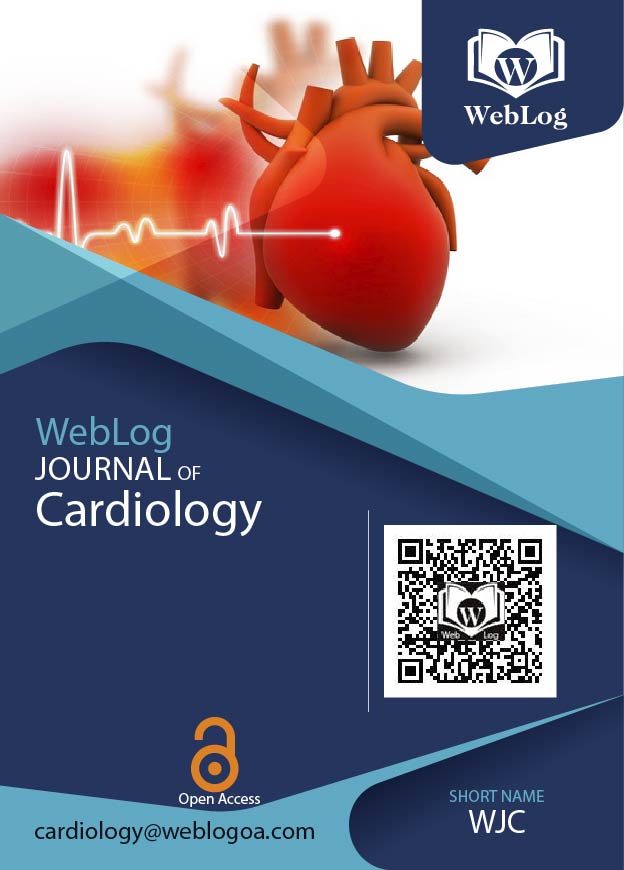Editor Profile

Dr. Peng Zhang, M.D., Ph.D.
Assistant Professor
Present
Southwest Medical University
Luzhou
China

Name: Peng Zhang
Title: Ph.D. & M.D
Occupation: Assistant Professor
Institute of Cardiovascular Medicine
Southwest Medical University
Lu Zhou, Si Chuan, China
Mobile Phone: 86-10-13693323106
Email: zhangpeng@swmu.edu.cn
Degrees:
Date: 09. 2006 -07. 2011 - Degree: Ph.D. Physiology, College: Peking Union Medical College (PUMC) & Institute of Basic, Medical Sciences Chinese Academy of Medical Sciences (CAMS).
Research Project:
- Altered circadian rhythm of cardiac β3-adrenoceptor activity following myocardial infarction in the rat.
- The effect of nonphotic stimulation on circadian rhythm in mammals.
Employment:
Date: 05.2016 - Present: Associate Professor (Tenure), Southwest Medical University, Lu Zhou, Si Chuan, China.
Date: 10. 2012 -12. 2015: Post-doctoral researcher, National Laboratory of Medical Molecular Biology, Peking Union Medical College (PUMC) & Institute of Basic Medical Sciences Chinese Academy of Medical Sciences (CAMS), Beijing, China.
Research Project: Alter of neuronal and synaptic connections and cortical circuits in major depression disorder model mice.
Date: 09. 2012 –09. 2015: Post-doctoral researcher, Department of Biology, University of Toronto Mississauga, Canada.
Research Project: Seasonal regulation of mir132/212 on biological rhythms in mice.
- My research focuses on investigating the impact of the circadian rhythm regulatory system on cardiac structure and function in offspring and elucidating the underlying molecular mechanisms. Our research group has established a unique circadian rhythm disruption-induced heart failure-like remodeling model in male offspring mice, which is protected by proprietary intellectual property rights (patented) in China. Our current research primarily explores two directions: To investigate the effects of embryonic circadian rhythm disruption on offspring myocardial lipid metabolism and its regulatory mechanisms. To study primary tumorigenesis using genetic animal models and decipher their governing mechanisms.
- Xueru Liu, Guojing Shui, Yan Wang, Tangting Chen, Peng Zhang, Li Liu, Chunhong Li, Tao Li, Xiaobin Wang. Remimazolam alleviates myocardial ischemia/reperfusion injury and inflammation via inhibition of the NLRP3/IL‑1β pathway in mice. Int J Mol Med. 2025 Apr;55(4):57. doi: 10.3892/ijmm.2025.5498. Article
- Sifan Chen, Qiao Li, Qinyu Pan, Qiuyan Yin, Liang Yue, Peng Zhang, Gong Chen, Weichao Liu. Noninvasive cardiac hemodynamics monitoring of acute myocardial ischemia in rats using near-infrared spectroscopy: A pilot study. J Biophotonics. 2024 Aug;17(8):e202300474. doi: 10.1002/jbio.202300474. Article
- Yang Yu*, Jing-Yu Liu*, Hui-Jiao Yang*, Xiao-Qin Luo, Xiao-Ping Gao, Xiao-Xin Huang, Ao-Xue Tang, Hai-Ying Mary Cheng#, Wei-Chao Liu#, Peng Zhang#. Circadian disruption during fetal development promotes pathological cardiac remodeling in male mice. iScience. 2024, 27:109008. doi: 10.1016/j.isci.2024.109008. Article
- Li Huiting*, Zhang Peng*, Liu Cencen, Wang Yiwei, Deng Yan, Dong Wei#, Yu Yang#. The Structure, Function and Regulation of Protein Tyrosine Phosphatase Receptor Type J and Its Role in Diseases. Cells. 2022, 12:8. doi: 10.3390/cells12010008. Review
- Lin-Na Xu*, Hui-Ting Li*, Shuang Liu, Jie Jiang, Ya-Qin Liu, Hai-Ying Mary Cheng, Yang Yu#, Ji-Min Cao#, Peng Zhang#. Constitutional delay of growth and puberty in female mice is induced by circadian rhythm disruption in utero. Ecotoxicology and Environmental Safety, 2022 Aug;241:113723. doi: 10.1016/j.ecoenv.2022.113723. Article
- Yafei Zhou*, Ying Xie*, Tao Li, Peng Zhang, Tangting Chen, Zhongcai Fan, Xiaoqiu Tan#. P21‑activated kinase 1 mediates angiotensin II‑induced differentiation of human atrial fibroblasts via the JNK/c‑Jun pathway. Mol Med Rep. 2021 Mar;23(3):207. Article
- Ya-Qin Liu*, Si-Meng Xue*, Peng Zhang*, Lin-Na Xu, De-Ping Wang, Guang Li#, Ji-Min Cao#. Silica Nanoparticles Disturb Ion Channels and Transmembrane Potentials of Cardiomyocytes and Induce Lethal Arrhythmias in Mice, International Journal of Nanomedicine 2020, 15:7397–7413. Article
- Peng Zhang a,1, *, Tao Li a, *, Ya-Qin Liu a, *, Hao Zhang a, Si-Meng Xue a, Guang Li a, Hai-Ying Mary Cheng c, Ji-Min Cao a, b,1. Contribution of DNA methylation in chronic stress-induced cardiac remodeling and arrhythmias in mice, FASEB J, 2019, 33:11. DOI:10.1096/FJ.201900100R. Article
- Peng Zhang*#, Guang Li, Hui Li, XiaoQiu Tan & Hai-Ying Mary Cheng#. Environmental perturbation of the circadian clock during pregnancy leads to transgenerational mood disorder-like behaviors in mice. Sci Rep. 2017 Oct 3;7(1):12641. Article
- Lan Zhou*, Peng Zhang*, (co-first author), Zhongwei Cheng, Wei Hao, Rui Wang, Quan Fang, Ji-Min Cao#. Altered circadian rhythm of cardiac β3-adrenoceptor activity following myocardial infarction in the rat. Basic Res Cardiol. 2011. 106:37–50. Article
- Peng Zhang*, Lan Zhou, Haifei Xu, Ji-Min Cao. The effect of superparamagnetic iron oxide nanoparticles on the circadian rhythm of locomotor activities in mice. J Med Res (Chinese),Jun 2011, 40(6): 22-26. Article
- Xiaochao Tan*, Peng Zhang, Lan Zhou, Bin Yin, Hui Pan and Xiaozhong Peng. Clock-controlled mir-142-3p can target its activator, Bmal1. BMC Mol Biol. 2012 Sep 7; 13 (1):27. Article
- Cheng-Kang Chiang*, Neel Mehta, Abhilasha Patel, Peng Zhang, Zhibin Ning,1 Warren Y. L. Sun, Hai-Ying M. Cheng#, and Daniel Figeys#. The Proteomic Landscape of the Suprachiasmatic Nucleus Clock Reveals Large-Scale Coordination of Key Biological Processes. Plos Genetics. October 2014. Volume 10. Issue 10. e1004695. Article
- Lan Zhou*, Qian Gao, Peng Zhang, Shu Guo, Jingli Gu, Wei Hao, and Ji-Min Cao#. Activation of growth hormone secretagogue receptor induces time-dependent clock phase delay in mice. Am J Physiol Endocrinol Metab. 307: E515-E526, 2014. Article
- Mendoza-Viveros L*, Chiang CK, Ong JLK, Hegazi S, Cheng AH, Bouchard-Cannon P, Fana M, Lowden C, Zhang P, Bothorel B, Michniewicz MG, Magill ST, Holmes MM, Goodman RH, Simonneaux V, Figeys D#, Cheng HM#. miR-132/212 Modulates Seasonal Adaptation and Dendritic Morphology of the Central Circadian Clock. Cell Rep. 2017 Apr 18;19(3):505-520. Article




